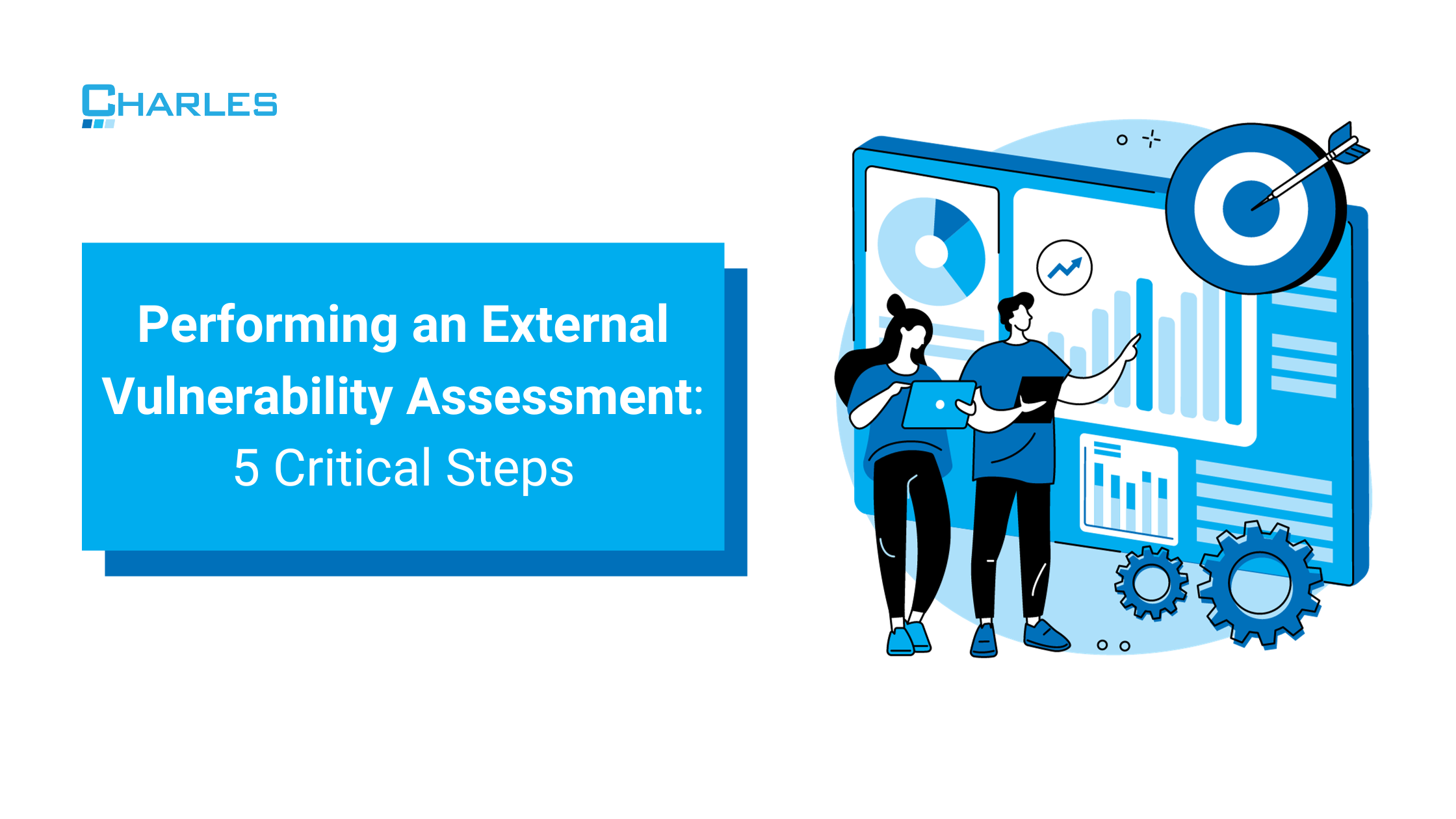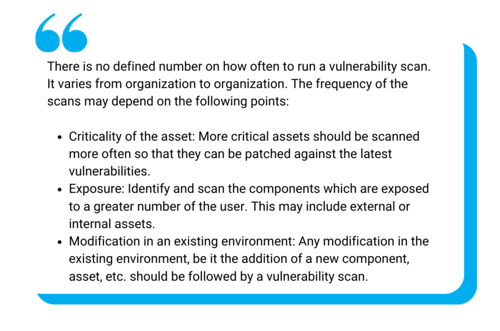
Losing a few thousand dollars in a ransomware event might represent nothing more than a rounding error to large enterprises, but that same few thousand can be devastating to an individual. In response, governments around the world have strengthened their efforts to protect said individuals (a.k.a., end-consumers) through the promulgation of stringent data regulations. Chief among these efforts: the threat of punitive fines to businesses that play fast and loose with their IT networks.
It’s simply common sense. Companies have a responsibility to prevent their customers' data from falling into the wrong hands. To that end, IT managers must exercise vigilance over their local area networks and be able to identify weak spots before hackers do.
External vulnerability assessments are essential for any organization that wants to protect its data and systems from cyberattacks. By identifying and remediating vulnerabilities before they can be exploited by attackers, external vulnerability assessments can help organizations to avoid costly and damaging data breaches.
While there is no set frequency that businesses must adhere to in terms of scanning their network, it's recommended that it's done at least quarterly (other than regulated industries, which we'll talk about later). See what Infosec has to say about scanning frequency in the graphic below.
 This blog post will provide a step-by-step guide to implementing an external vulnerability assessment. We will cover the following topics:
This blog post will provide a step-by-step guide to implementing an external vulnerability assessment. We will cover the following topics:
- Planning and defining the scope of the assessment
- Gathering information about your network infrastructure
- Scanning for and assessing network vulnerabilities
- Reporting the findings and quantifying the consequences of a successful data breach
- Identifying countermeasures
Step 1: Plan and define the scope of the assessment
The initial phase of a successful vulnerability assessment is strategizing and outlining the assessment's scope. This means identifying the assets that will undergo evaluation, the specific vulnerabilities will be targeted, and the level of detail that needs to be considered.
When defining the scope of the assessment, it is important to consider the following factors:
- The organization's industry and regulatory requirements: Some industries have specific regulations that require external vulnerability assessments to be conducted on a regular basis. For example, the Payment Card Industry Data Security Standard (PCI DSS) requires organizations that handle credit card data to conduct external vulnerability assessments once every three months.
- The organization's risk tolerance: The organization's risk tolerance will determine how aggressive the assessment should be. Organizations with a high risk tolerance may want to include more assets in the scope of the assessment and look for a wider range of vulnerabilities.
- The organization's budget: The cost of an external vulnerability assessment will vary depending on the scope of the assessment and the vendor that is selected. It is important to set a budget for the assessment before it begins.
Step 2: Gather information about your network infrastructure
After establishing the assessment's scope, the subsequent task involves collecting relevant data about the organization's network infrastructure. This crucial information will aid in pinpointing the assets that require assessment and configuring the appropriate scanning tools for the task.
The following information should be gathered about the organization's network infrastructure:
- IP addresses of all devices on the network
- Operating systems and versions
- Software applications and versions
- Network devices (routers, switches, firewalls, etc.)
- Security controls in place (firewalls, intrusion detection systems, etc.)
Step 3: Scan for and assess network vulnerabilities

After collecting information about the network infrastructure, the subsequent stage involves conducting a comprehensive scan to identify and evaluate any potential network vulnerabilities. Luckily, there is a wide range of scanning tools available, including both commercial and open source options, to assist in this process.
When selecting a scanning tool, it is important to consider the following factors:
- The types of vulnerabilities that the tool can detect
- The ease of use of the tool
- The cost of the tool
Once a scanning tool has been chosen, it needs to be customized to scan the network for the specific vulnerabilities that are of utmost concern to the organization.
Careful scrutiny of the scan results is crucial in uncovering all potential vulnerabilities. Once identified, these vulnerabilities must be prioritized according to their severity and the likelihood of exploitation.
Step 4: Report the findings and quantify the consequences of a successful data breach
After identifying and prioritizing the vulnerabilities, the next crucial step involves presenting the findings to the organization's management team. It is imperative that the report encompasses vital information such as a comprehensive list of identified vulnerabilities, their severity, the likelihood of exploitation, recommended remediation steps, and the potential consequences of a successful data breach. By quantifying the economic damage that could result from a breach, the report highlights the urgency of addressing these vulnerabilities.
The report should also quantify the economic damage that could be caused by a successful data breach. This will help the organization to understand the importance of remediating the vulnerabilities.
Step 5: Identify countermeasures
To effectively address vulnerabilities, the next crucial step is to identify countermeasures that will remediate the specific weaknesses. The countermeasures employed will depend on the type of vulnerability discovered. Examples of effective countermeasures include implementing security updates, changing default passwords, establishing and enforcing rigorous security policies and procedures, and conducting comprehensive cybersecurity training for employees. By promptly implementing these countermeasures, the risk of a cyberattack can be significantly reduced.
It's important to implement the countermeasures as soon as possible to reduce the risk of a cyberattack.
Final Thoughts
External vulnerability assessments play a crucial role in safeguarding an organization's cybersecurity program. By following the correct steps or working with an experienced MSP, organizations can effectively carry out external vulnerability assessments that offer robust safeguards for their data and systems, effectively defending against cyberattacks.
For thorough and effective vulnerability assessments, turn to Charles IT. Contact us or book a meeting below to learn more about bringing best-in-industry standards to your network!

.png)


